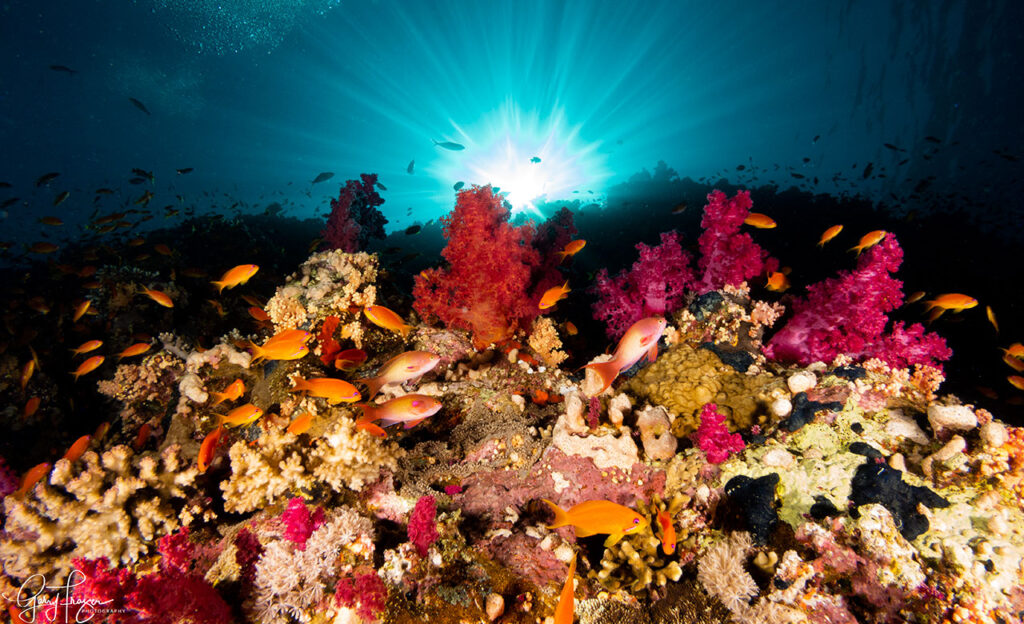Egypt is a dream destination for many scuba divers, offering a combination of stunning coral reefs, rich Red Sea marine life, and fascinating shipwrecks. Whether you’re a seasoned diver or planning your first Red Sea adventure, Egypt’s diverse diving opportunities offer something for everyone. In this article, we will explore what you can expect to see when diving in Egypt; from the colourful coral gardens to the iconic shipwrecks, and everything in between.
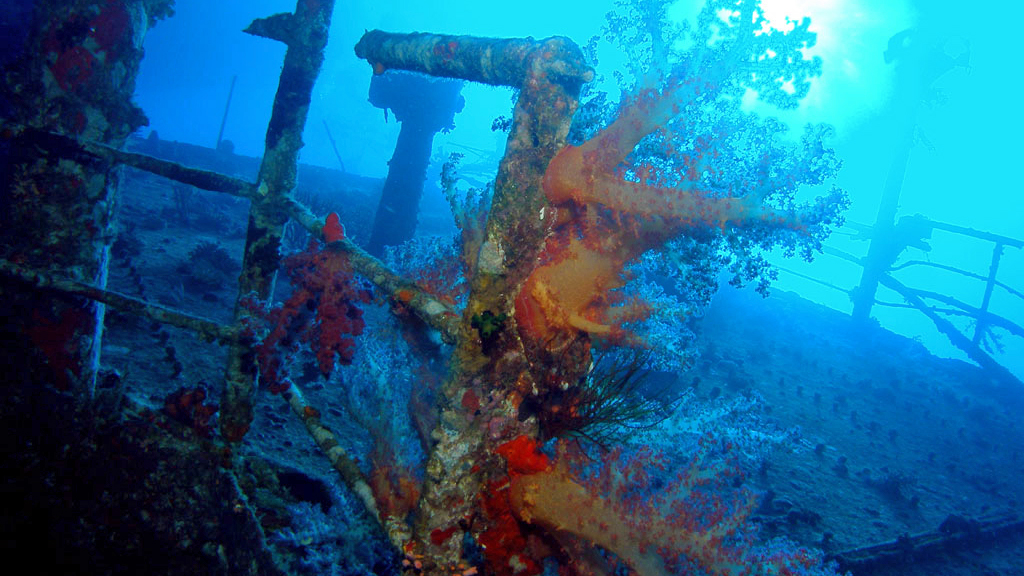 Image: Tim NicholsonImage: Tim Nicholson
Image: Tim NicholsonImage: Tim Nicholson1. Vibrant Coral Reefs
One of the most captivating aspects of diving in Egypt is the sheer beauty and diversity of its coral reefs. It is home to some of the most colourful and well-preserved soft and hard coral formations in the world, making it a sought-after destination for underwater photographers and divers.

Ras Mohammed National Park: Located at the southern tip of the Sinai Peninsula, Ras Mohammed is a protected area famous for its stunning coral walls and gardens. It is made up of many interconnected reefs, including the famous Shark & Yolanda Reef.
This national park boasts over 200 species of hard and soft corals, including staghorn, brain, and table corals. The reefs there are teeming with marine life, from schools of fish and small critters to vibrant blue-spotted stingrays.
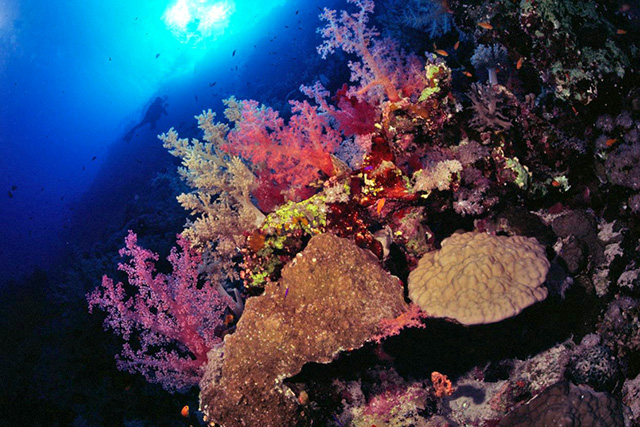 Image: Tim NicholsonImage: Tim Nicholson
Image: Tim NicholsonImage: Tim NicholsonTiran Island: Another must-visit reef system in Egypt, Tiran Island is just off the coast of Sharm El Sheikh. The island’s four main reefs—Jackson, Woodhouse, Thomas, and Gordon—offer some of the most spectacular coral formations in the Red Sea.
The walls drop off steeply into the blue, creating a dramatic underwater landscape. The corals here are home to a wide array of marine life, from tiny nudibranchs to large pelagics.
2. Diverse Marine Life
The Red Sea’s rich marine biodiversity is one of the main reasons divers flock to Egypt. Whether you’re diving along a reef, exploring a wreck, or venturing into the blue, you’re likely to encounter a dazzling variety of marine life.
Reef Fish: There is an incredible variety of reef fish swimming among the corals in Egypt. Look out for angelfish, butterflyfish, parrotfish, and clownfish as you explore the reefs. The colours and patterns of these fish are a photographer’s delight.
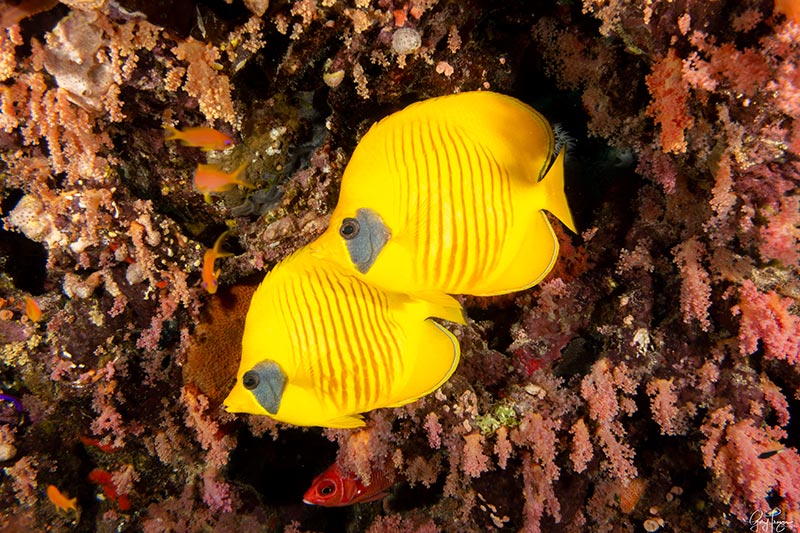
Egypt is also home to some impressive larger fish species. Napoleon wrasse, with their distinctive hump heads and curious nature, are a common sight in areas like Ras Mohammed and the Brothers Islands. Groupers, barracuda, and jacks can be seen patrolling the reefs, and you often spot a turtle passing by.
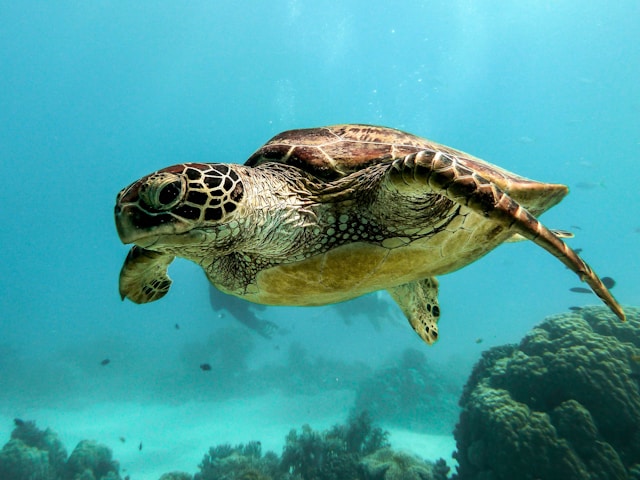
Rays and Sharks: For those seeking encounters with rays and sharks, Egypt does not disappoint. Hammerhead sharks, oceanic whitetips, and reef sharks are commonly spotted, particularly at more remote dive sites like the Brothers Islands and Elphinstone Reef.
Egypt also hosts a variety of rays, including manta rays, eagle rays, blue-spotted stingrays, electric rays, and torpedo rays.
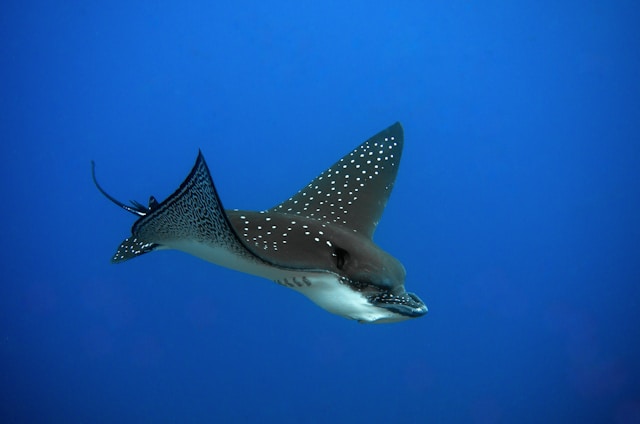
3. Iconic Shipwrecks
Egypt is a top destination for wreck diving, with several famous shipwrecks lying in its waters. These wrecks not only provide a fascinating glimpse into history but also serve as artificial reefs, attracting a myriad of marine life.
SS Thistlegorm: Arguably the most famous wreck in the Red Sea, the SS Thistlegorm is a World War II cargo ship that was sunk in 1941. The wreck is located near Sharm El Sheikh and is accessible to divers of varying experience levels. Inside the wreck, there are military supplies, including trucks, motorcycles, and ammunition. The outside of the wreck is covered in corals and is home to large schools of fish.

Salem Express: Located near Safaga, the Salem Express is a passenger ferry that tragically sank in 1991. The wreck is controversial due to the loss of life associated with its sinking, but it remains a haunting and powerful dive site. This wreck is large and relatively intact, with much of the ship’s structure still visible. The surrounding waters are rich with marine life, including large groupers and moray eels.
SS Carnatic: This 19th-century British steamship lies on Sha’ab Abu Nuhas, a reef known for claiming several ships. The SS Carnatic is one of the oldest wrecks in the Red Sea and is encrusted with corals. Divers can explore the ship’s intact structure, including its skeletal remains and cargo of wine bottles. The wreck is now a haven for marine life, including lionfish, scorpionfish, and octopuses.

4. Unique Diving Environments
In addition to its reefs and wrecks, Egypt offers several unique diving environments that provide a different kind of underwater experience.
Blue Hole: One of the most famous dive sites in Egypt is the Blue Hole in Dahab. This deep, vertical blue hole is a challenging dive known for its stunning blue hues and the infamous underwater tunnel that connects the Blue Hole to the open sea. Nearby, the Canyon offers another unique dive, where you can swim through a narrow crack in the reef and explore the dramatic underwater topography.
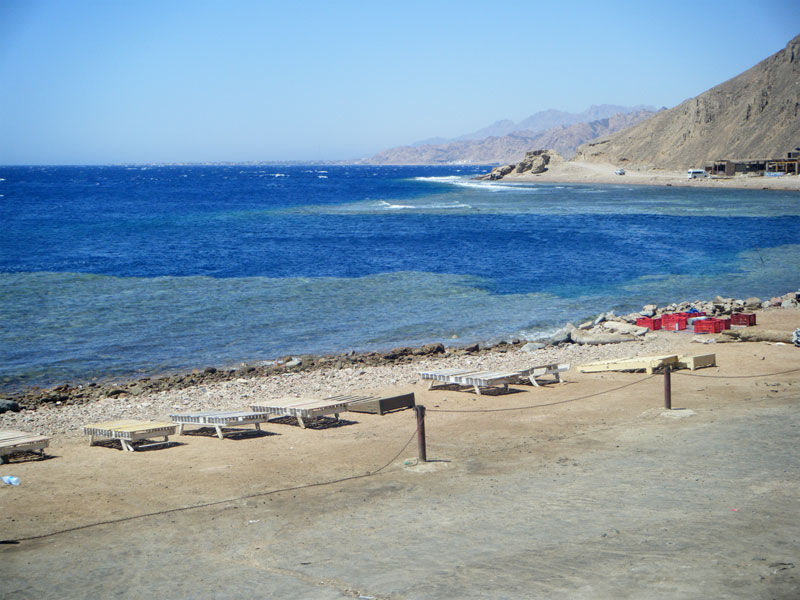
Caves and Caverns: Egypt also offers cave diving opportunities, such as those at Abu Dabbab. These underwater caves are relatively shallow and accessible, making them suitable for divers with moderate experience. Inside the caves, you’ll find an eerie, otherworldly environment, with shafts of light penetrating the darkness and illuminating the rock formations.
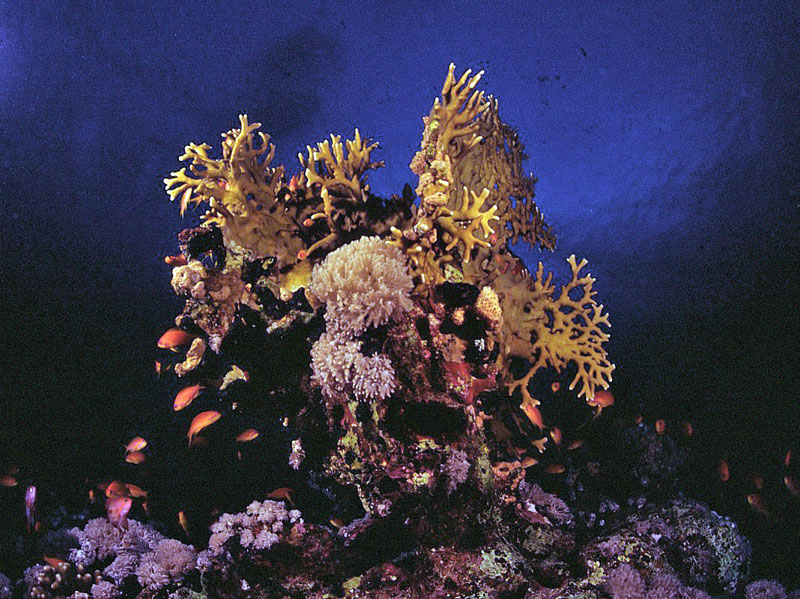
Walls and Drop-offs: For those who love wall diving, Egypt’s Red Sea has some spectacular sites. Ras Mohammed and the Brothers Islands are known for their dramatic drop-offs, where the reef suddenly plunges into the depths. These walls are covered in corals and attract a variety of marine life, from tiny invertebrates to large pelagics.
5. Seasonal Marine Life Highlights
The Red Sea is a year-round diving destination, but certain times of the year offer unique marine life encounters.
Shark Season: The summer months, particularly from May to September, are the best time to see sharks in Egypt. The Brothers Islands and Elphinstone Reef are prime locations for spotting sharks, with the possibility of encountering hammerheads (June to August), oceanic whitetips (October to December) and even thresher sharks (October to December). Reef sharks you may see year-round.
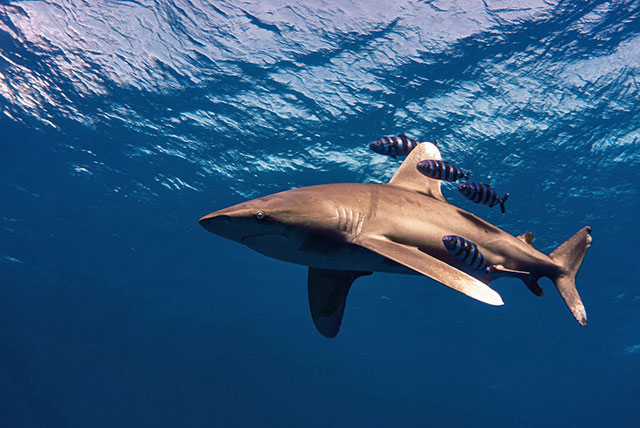
Dolphins: If swimming with dolphins is on your bucket list, diving in Marsa Alam could be for you. Sites like Dolphin House (Sha’ab Samadai) offer the chance to snorkel with wild dolphins in their natural habitat.

Turtles: Turtles are a common sight in the Red Sea, particularly in areas like Marsa Alam and Ras Mohammed. Green turtles can often be seen feeding on seagrass and Hawksbill turtles resting on the reef, and they make for a delightful encounter on any dive. They can be seen year-round but are most commonly encountered from May to September.
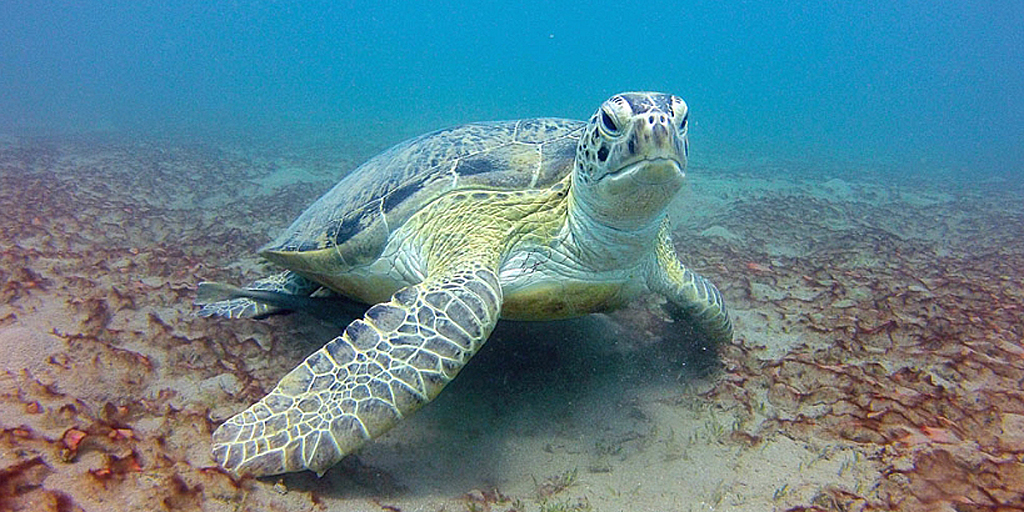
6. Non-Diving Attractions
While diving is the main attraction, Egypt also offers a rich cultural heritage. If you have several non-diving days, consider visiting the Pyramids of Giza, the temples of Luxor, or the Valley of the Kings. These ancient sites provide a fascinating glimpse into Egypt’s past and are a must-see for any visitor.
Egypt’s Red Sea coast is lined with beautiful beaches and luxurious resorts, offering the perfect place to relax after a day of diving. Sharm El Sheikh, Hurghada, and Marsa Alam are known for their upscale resorts and amenities, while Dahab offers a more laid-back, backpacker-friendly atmosphere. Many of the beaches also have thriving house reefs just offshore which offer excellent diving and snorkeling.
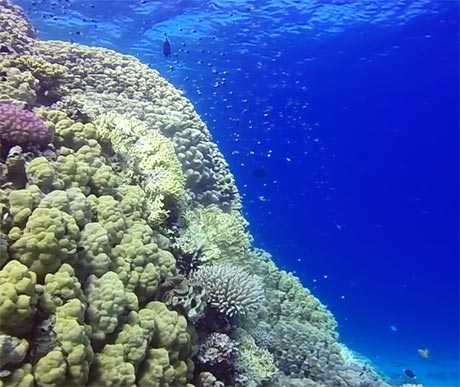
What are the Dive Conditions Like?
Egypt’s Red Sea is known for its excellent diving conditions, with warm blue waters and good visibility year-round. It is a perfect destination for divers of all experience levels.
Visibility: The visibility in the Red Sea typically ranges from 20 to 30 meters (65 to 100 feet) or more. This makes it an ideal destination for underwater photography and wide-angle shots.
Water Temperature: The water temperature in the Red Sea ranges from 21°C to 30°C (70°F to 86°F) throughout the year. The coolest months are January and February, while the warmest months are July and August.
Most divers find the water comfortable for diving with a 3mm or 5mm wetsuit, though some divers wear dry suits on liveaboards or multi-dive days to combat the wind chill.
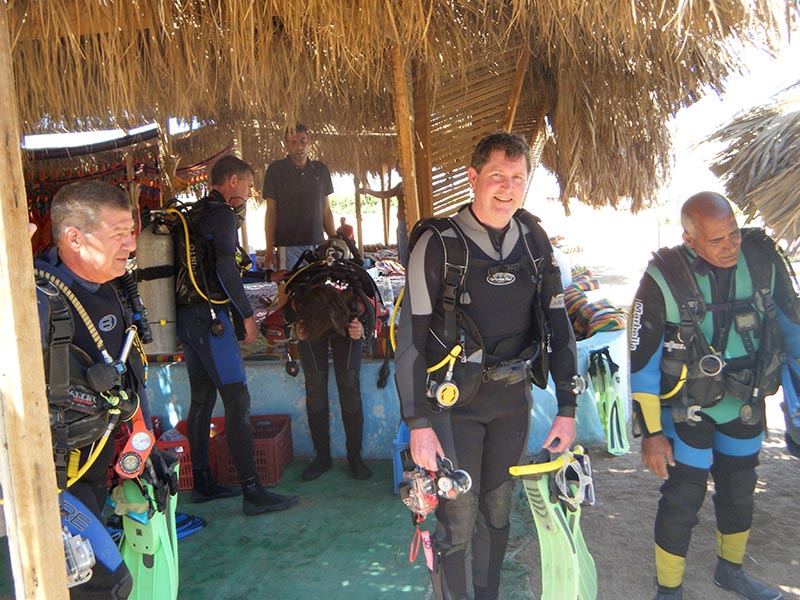
Currents: While many dive sites in Egypt have mild currents, some areas can have strong currents. These conditions make for exciting dives and attract pelagic species like sharks, but require divers to have good buoyancy control and experience in drift diving.
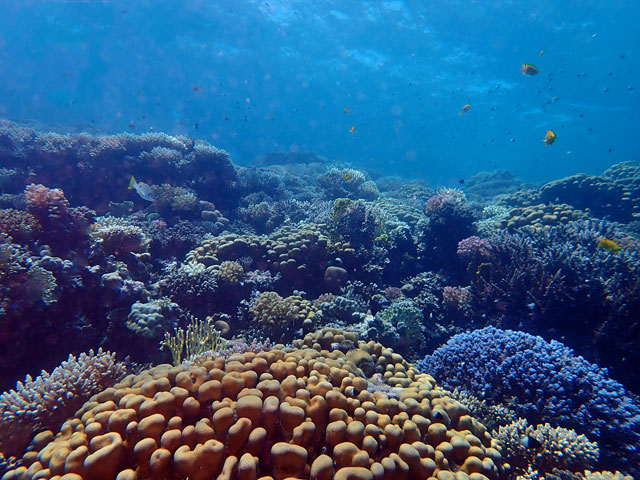
This article was written by Kathryn Curzon, a shark conservationist and dive travel writer for SSI.
Image credits:
- Kimon M shipwreck, Red Sea: Tim Nicholson
- Coral reef red sea: Tim Nicholson
- coralreefstjohns-1200: Jill Studholme
